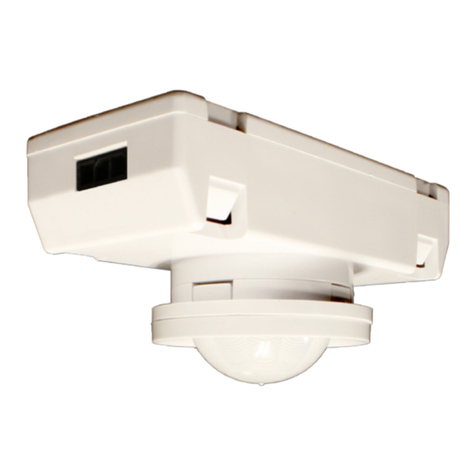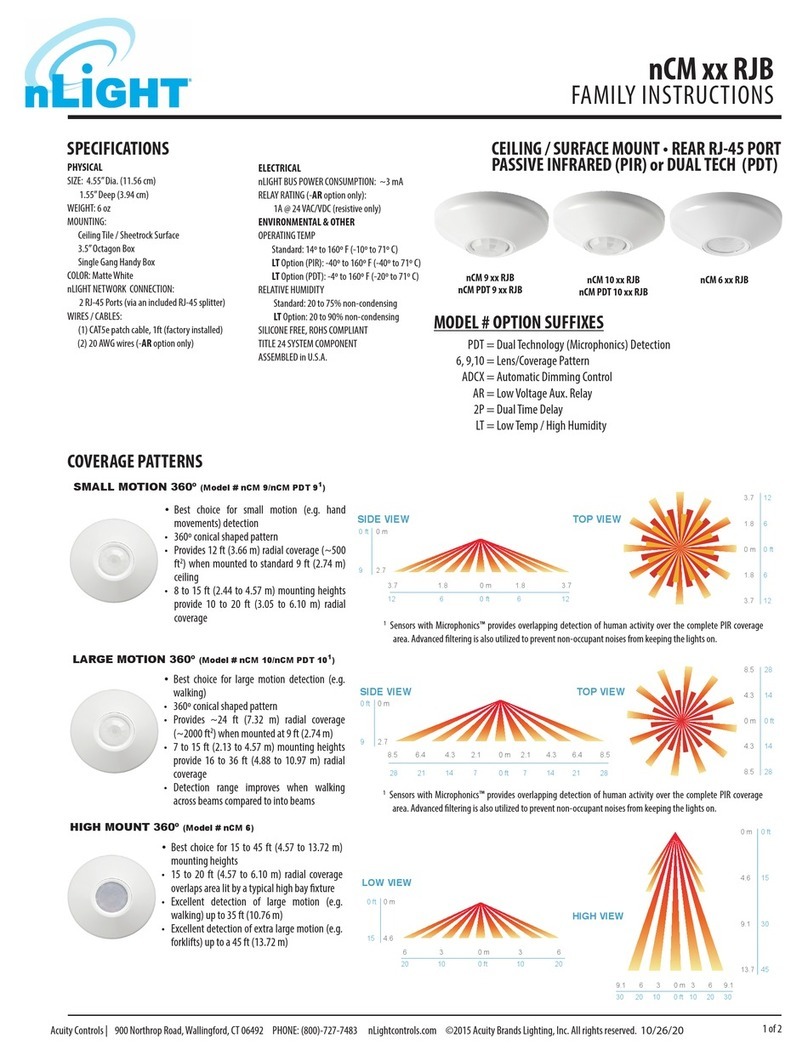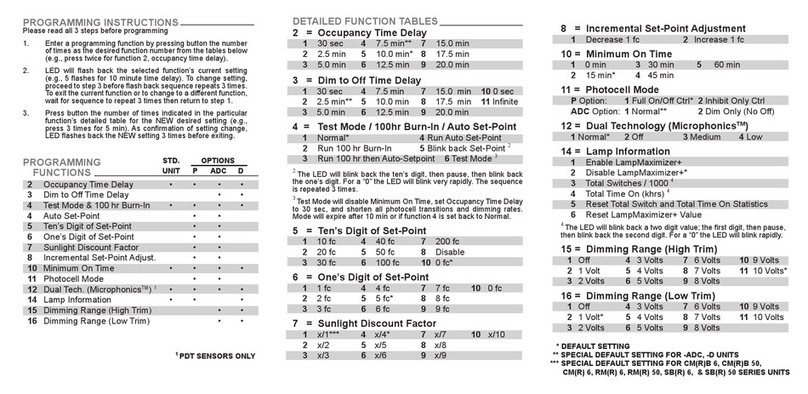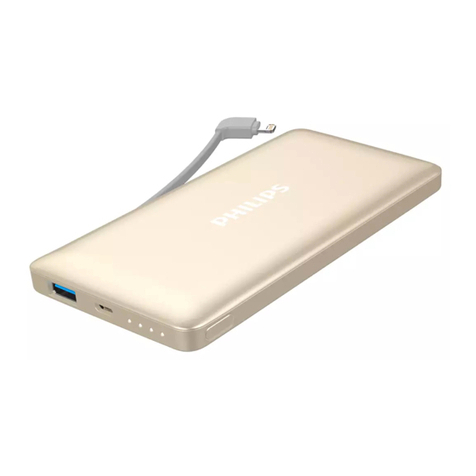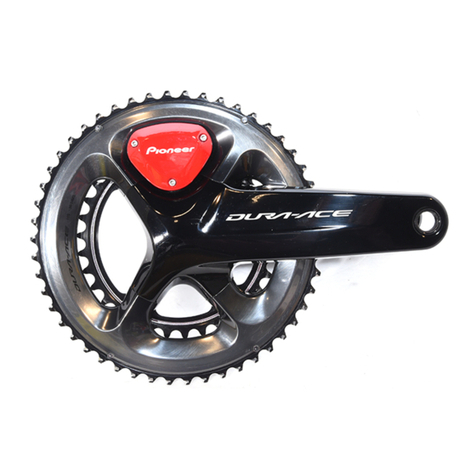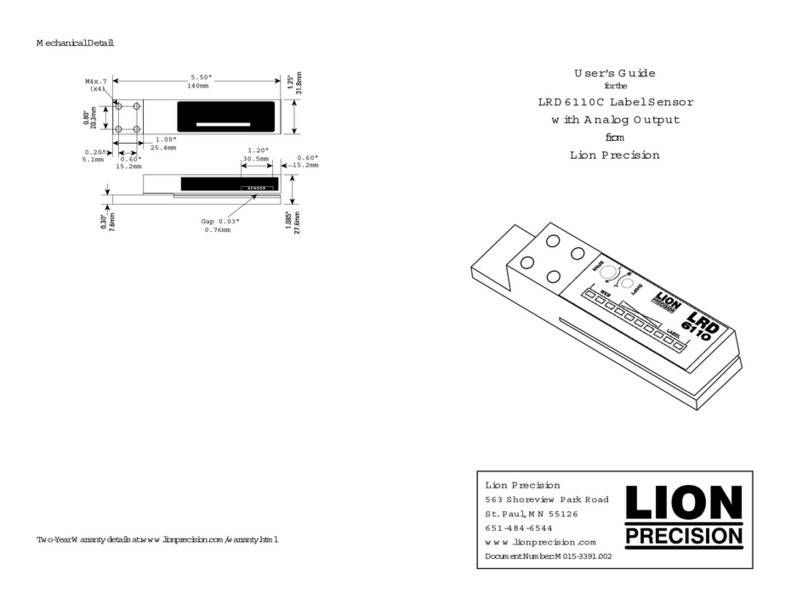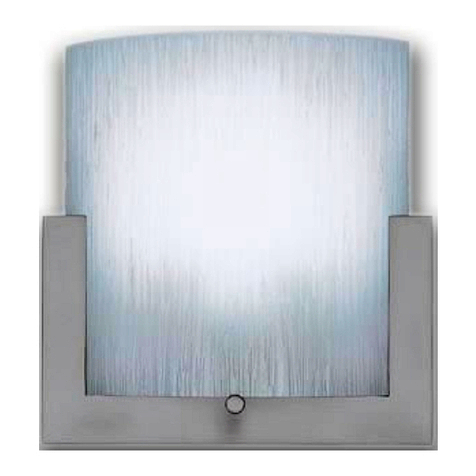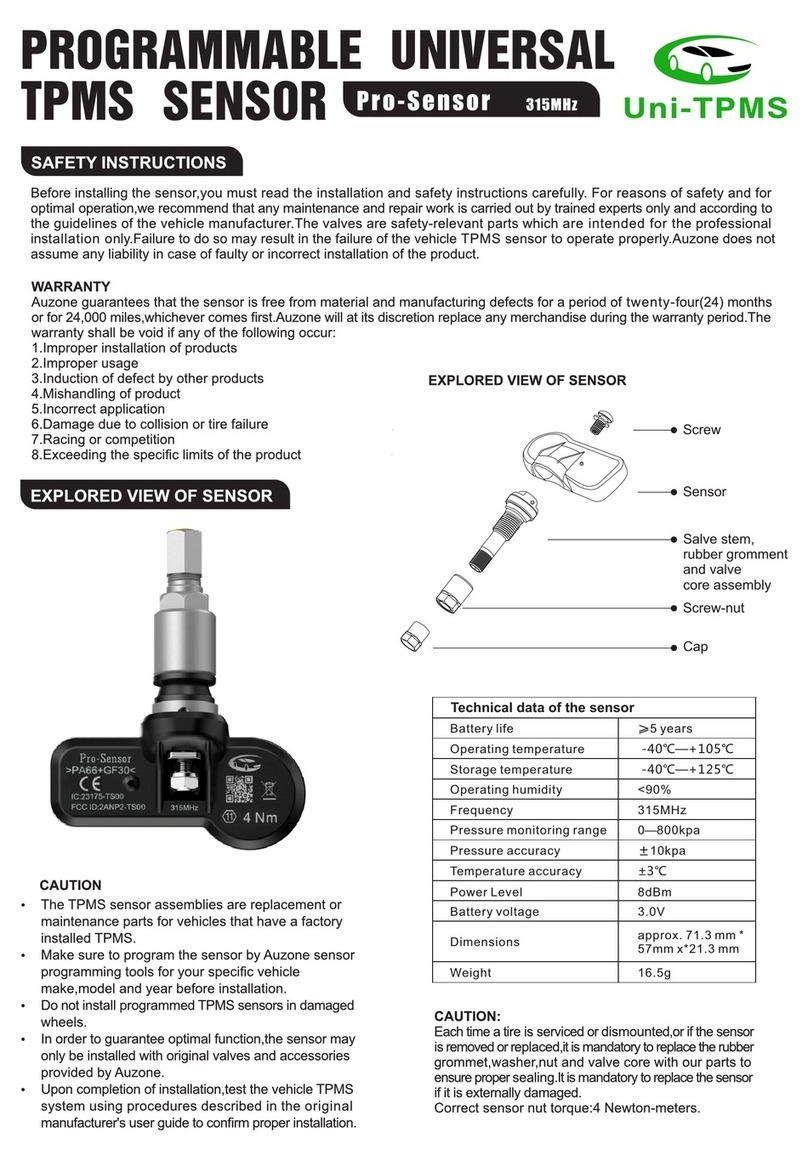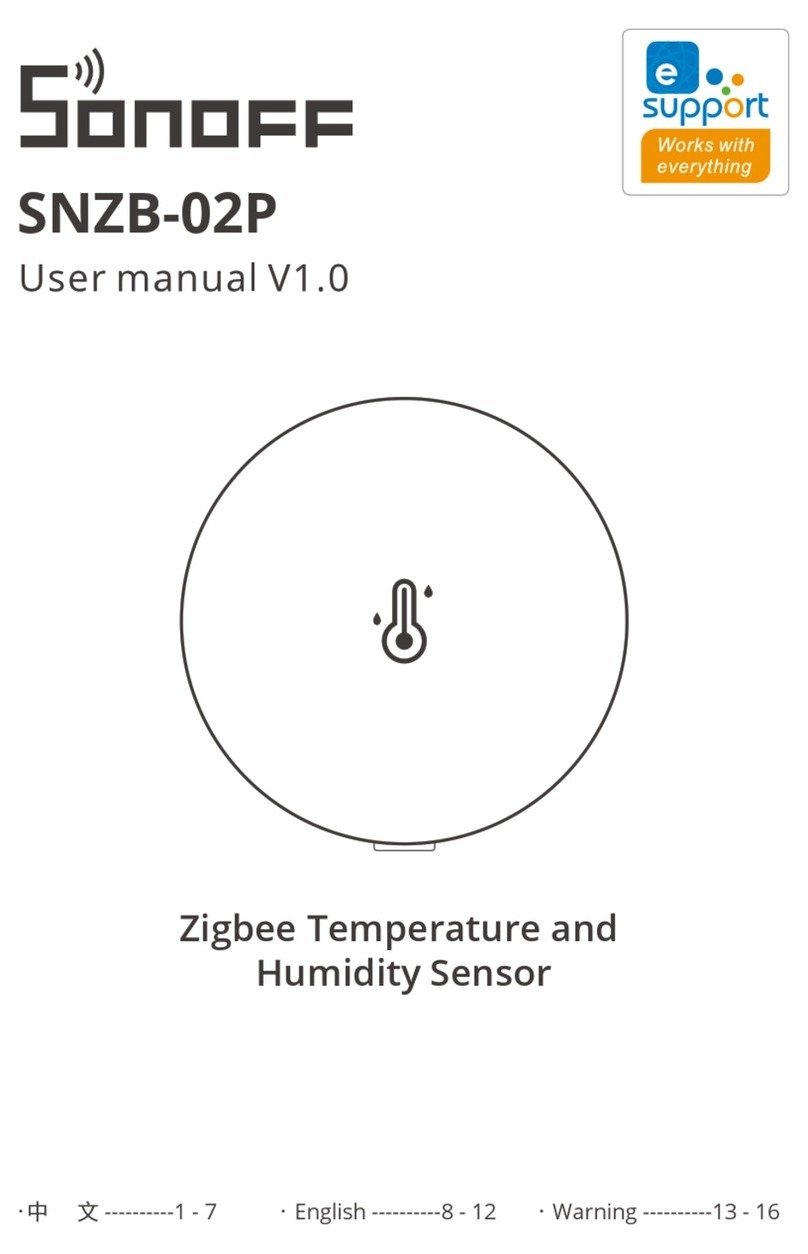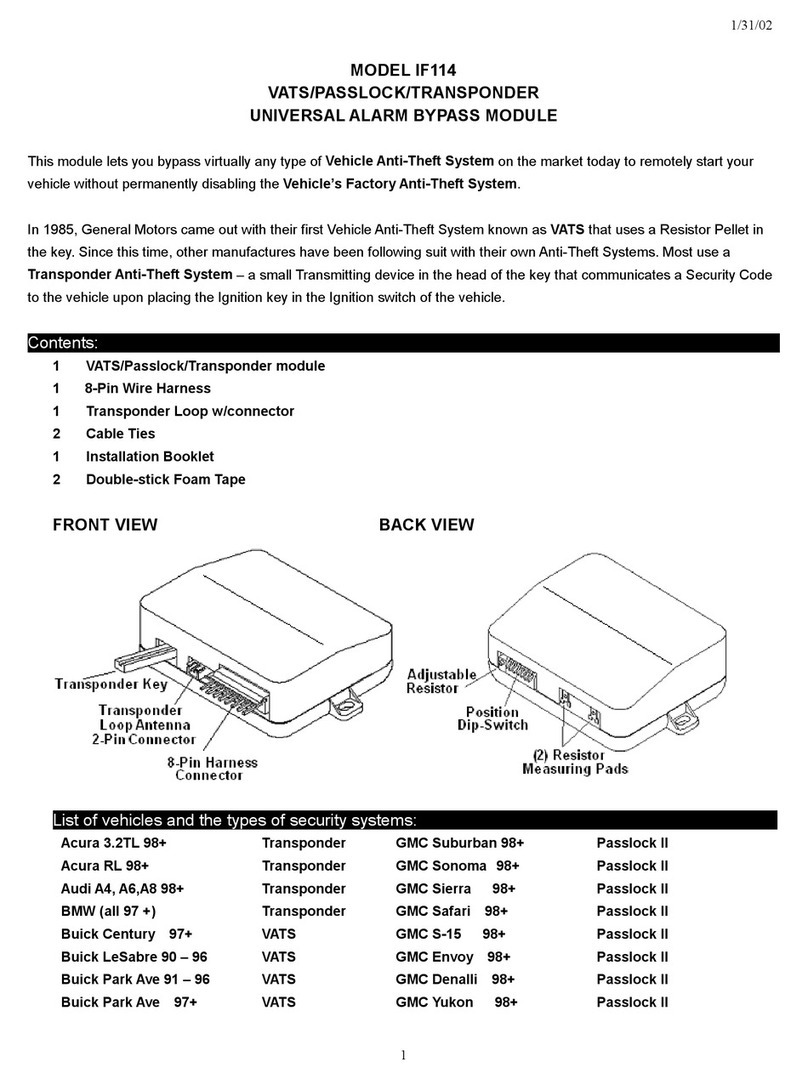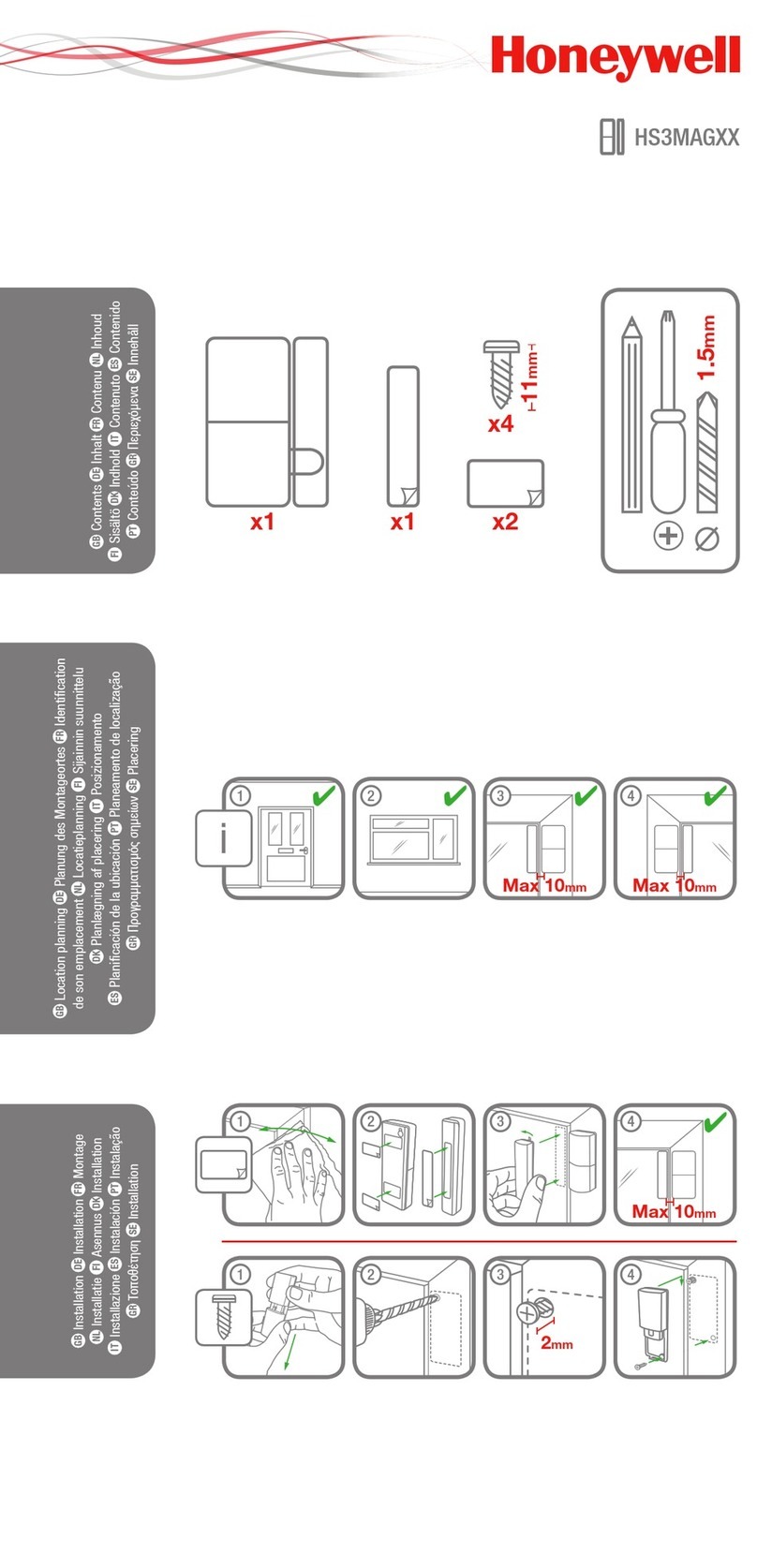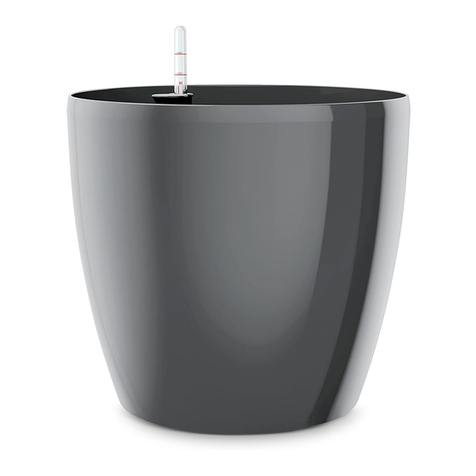Acuity Controls nLight nCM ADCX RJB Assembly instructions

AMPLE DAYLIGHT
Set-point
Lights Turn ON Lights Turn OFF
DEADBAND
NO DAYLIGHT
PHOTOCELL OPERATION
The nCM ADCX RJB sensor continuously adjusts
a space’s lighting to achieve maximum daylight
harvesting while maintaining a minimum
light level referred to as the set-point. When
no daylight is available, the sensor allows the
controlled dimmable lighting to operate at
its full bright level. As daylight increases and
begins to contribute to the overall light level of
the room, the Automatic Dimming Control (ADC)
feature starts dimming the room proportionally,
eventually reaching the full dim level (or
optionally switching o, see paragraph below).
As the daylight levels fall, the ADC feature will
again take control of the lights; reducing the
dim level (increasing the brightness) in order to
achieve the necessary total light level. At the point when all daylight contribution is gone, lighting will be
back at its full bright level.
The nCM PC RJB sensor does not control
dimming, but instead signals nLight devices
located elsewhere within the sensor’s zone to
switch a controlled lighting load on when more
light is needed. The lights are also signaled to
turn o when light is above the set-point plus
a 10% safety factor and deadband. The safety
factor will prevent the system from cycling
when the light level is very near the set-point.
The deadband is the level of light contributed by
the articial lights being controlled. This level
is tracked so if the lighting conditions change
(for example a lamp burns out) the point at
which the lights turn o is adapted accordingly.
If the photocell can not view the lights being
controlled (for example if it is looking up at skylights), there is no deadband and the sensor is said to be
working open loop. There is also an adaptive cloud delay (optional) before the photocell turns the lights o
to prevent the system from cycling on a cloudy day.
PRODUCT OVERVIEW
The nCM ADCX RJB and nCM PC RJB photocell sensors are ceiling/surface mount devices that provide
a range of daylight harvesting features for nLight Control System installations with nished ceilings (e.g.
ceiling tiles, sheetrock, plaster). The nCM PC RJB version provides on/o photocell control by default,
while the nCM ADCX RJB provides automatic dimming photocell control by default. Ideal for spaces
with windows, such as vestibules, corridors, classrooms, or oces, these sensors work by rst monitoring
daylight conditions in a room. They then signal networked nLight control devices to adjust their dimming
outputs (and/or turn lighting o) to obtain maximum energy savings while ensuring adequate lighting
levels are maintained.
The nCM ADCX RJB sensor controls nLight enabled luminaires (e.g. VTLED Family from Lithonia), nLight
dimming relay packs (e.g. nPP16 D or nSP5 PCD), or auxiliary dimming output devices (e.g. nIO D).
The nCM PC RJB switches nLight enabled luminaires or any relay/dimming device in an nLight system
(e.g. nPP16). Both sensors can also be used together with nLight occupancy sensors. Manual override or
adjustment of the dimming level is possible viaWallPod dimmers or through the SensorView software.
Both versions are powered via the nLight network bus and can communicate with one or more nLight
enabled luminaires or nLight relay/dimming packs to enable control of xtures individually or in groups.
These congurations work standalone and do not require a connection to a larger nLight network.
SPECIFICATIONS
PHYSICAL
SIZE: 4.55”Dia. (11.56 cm)
1.55”Deep (3.94 cm)
WEIGHT: 6 oz
MOUNTING:
CeilingTile / Sheetrock Surface
3.5”Octagon Box
Single Gang Handy Box
COLOR: MatteWhite
nLIGHT NETWORK CONNECTION:
2 RJ-45 Ports (via an included RJ45 splitter)
WIRES / CABLES:
(1) CAT5e patch cable, 1ft (factory installed)
1 of 2
FEATURES
• Automatic Dimming Photocell Control (nCM ADCX RJB model only)
• Full On/Off Photocell Switching Control (disabled by default on nCM ADCX RJB)
• Optional Inhibit mode: Photocell can prevent lights from turning on if adequate daylight is available,
but does turn lights off (nCM PC RJB model only)
• LED status indicator
• Adustable settings (e.g. set-points) via push-button or SensorView software application
• Broadcasts photocell information over a local nLight channel
• Remotely upgradeable firmware
DAYLIGHT HARVESTING & ON/OFF PHOTOCELL
CEILING / SURFACE MOUNT • REAR RJ-45 PORT
ELECTRICAL
nLIGHT BUS POWER CONSUMPTION: ~3 mA
ENVIRONMENTAL & OTHER
OPERATING TEMP
Standard: 14º to 160º F (-10º to 71º C)
LT Option: -40º to 160º F (-40º to 71º C)
RELATIVE HUMIDITY
Standard: 20 to 75% non-condensing
LT Option: 20 to 90% non-condensing
SILICONE FREE, ROHS COMPLIANT
TITLE 24 SYSTEM COMPONENT
ASSEMBLED in U.S.A.
nLIGHT NETWORKED OPERATION
nCM ADCX RJB and nCM PC RJB sensors are native nLight devices meaning they are individually
addressable and digitally communicate to other nLight devices such as WallPod switches, power
packs, nLight-enabled digital luminaires, and other sensors. All devices are wired using CAT-5e
cabling; creating a local nLight control zone. Once linked to an nLight Gateway, either directly or via
an nLight network backbone, the zone becomes capable of remote status monitoring, conguration,
and control with nLight SensorView software.
AMPLE DAYLIGHT
Set-point
Lights Full ON Lights Full DIM
DIMMING
AUTOMATIC DIMMING (nCM ADCX RJB)
Acuity Controls | 900 Northrop Road,Wallingford, CT 06492 PHONE: (800)-727-7483 nLightcontrols.com ©2015 Acuity Brands Lighting, Inc. All rights reserved. 01/26/15
nCM ADCX RJB & nCM PC RJB
FAMILY INSTRUCTIONS
MODEL # OPTION SUFFIXES
PC = On/O Photocell
ADCX = Automatic Dimming Control
DZ = Dual Zone On/O Control
LT = LowTemp / High Humidity
ON/OFF CONTROL (nCM PC RJB)

2 of 2
Acuity Controls | 900 Northrop Road,Wallingford, CT 06492 PHONE: (800)-727-7483 nLightcontrols.com ©2015 Acuity Brands Lighting, Inc. All rights reserved. 01/26/15
nCM ADCX RJB & nCM PC RJB
FAMILY INSTRUCTIONS
WARRANTY
5-year limited warranty. Full warranty terms located at:
www.acuitybrands.com/CustomerResources/Terms_and_conditions.aspx
Note: Specications subject to change without notice. Actual performance may dier as a result of end-user environment and application.
The following instructions are for mounting sensor directly to a ceiling tile or
sheetrock surface. Sensor’s mounting holes also align with standard round xture or
single gang handy box (screws not provided).
1. Using template included with unit, mark spots on ceiling tile/sheetrock for cable
hole and mounting anchors/screws
2. Drill 1/2”hole through ceiling surface at location indicated on template
3. Insert provided anchors into ceiling surface at locations indicated on template
4. Remove provided RJ-45 splitter from sensor’s attached CAT5e cable and
thread cable (and low voltage wires if -AR option included) through hole from
underside
5. Mount sensor to anchors using two screws provided
6. Reattach RJ45 splitter device (model CAT5 Y) above ceiling to cable from sensor
(see diagram on right)
7. Interconnect CAT-5e cables to/from rest of nLight zone to RJ45 splitter
8. Once power is received via CAT-5e connection, all devices in zone will
automatically begin functioning together according to each device’s defaults
9. Install decorative sensor lid by rotating clockwise
10. Refer to included instruction card for default settings and directions on push-
button programming.
INSTALLATION / WIRING
Sheet#: TNG-140-001
CAT-5e
CAT-5e Splitter
CAT-5e CAT-5e
to/from nLight
Zone
• To reduce the risk of death, personal injury or property damage from re, electric shock, falling parts, cuts/abrasions, and other
hazards please read all warnings and instructions included with and on the xture box and all xture labels.
• Before installing, servicing, or performing routine maintenance upon this equipment, follow these general precautions.
• Installation and service should be performed by a qualied licensed electrician.
• Maintenance should be performed by qualied person(s) familiar with the products’ construction and operation and any haz-
ards involved. Regular maintenance programs are recommended.
READ AND FOLLOW ALL SAFETY INSTRUCTIONS!
SAVE THESE INSTRUCTIONS AND DELIVER TO OWNER AFTER INSTALLATION
• DO NOT INSTALL DAMAGED PRODUCT! This product has been properly packed so that no parts should have been damaged
during transit. Inspect to conrm. Any part damaged or broken during or after assembly should be replaced.
CAUTION: RISK OF PRODUCT DAMAGE
√ Electrostatic Discharge (ESD): ESD can damage product(s).
Personal grounding equipment should be worn
during all installation or servicing of the unit.
√ Do not touch individual electrical components, as this can cause
ESD and aect product performance.
√ Do not stretch or use cable sets that are too short or are of insuf-
cient length.
√ Do not tamper with contacts.
√ Do not modify the product.
√ Do not change or alter internal wiring or installation circuitry.
√ Do not use product for anything other than its intended use.
WARNING - RISK OF BURN or FIRE
√ Do not exceed maximum wattage, ratings, or published operation conditions
of product.
√ Do not overload.
√ Follow all manufacturer’s warnings, recommendations and restrictions to
ensure proper operation of product.
CAUTION - RISK OF INJURY
√ Wear gloves and safety glasses at all times when installing, servicing or performing
maintenance.
WARNING - RISK OF ELECTRIC SHOCK
√ Disconnect or turn o power before installation or servicing.
√ Verify that supply voltage is correct by comparing it with the product
information.
√ Make all electrical and grounded connections in accordance with the National
Electrical Code (NEC) and any applicable local code requirements.
√ All wiring connections should be capped with UL approved recognized wire
connectors.
√ All unused connector openings must be capped.
Note: T568B pin/pair assignment is recommended for all CAT-5e cables. Sensor
power is provided via a CAT-5e connection to an nLight power pack/supply, nLight
enabled digital luminaire, or nLight Bridge.
This manual suits for next models
1
Other Acuity Controls Accessories manuals
Popular Accessories manuals by other brands

Pil Sensoren
Pil Sensoren P41-40-I-CM12 manual
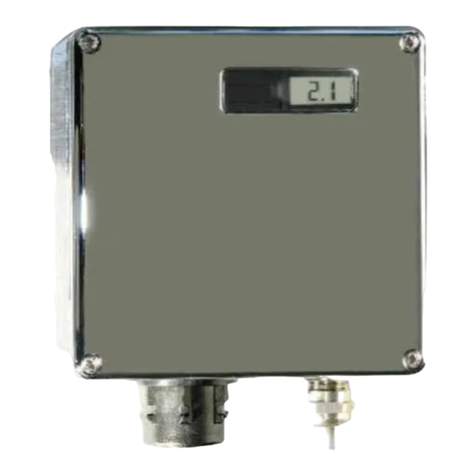
Compur Monitors
Compur Monitors Statox 501/S Technical documentation
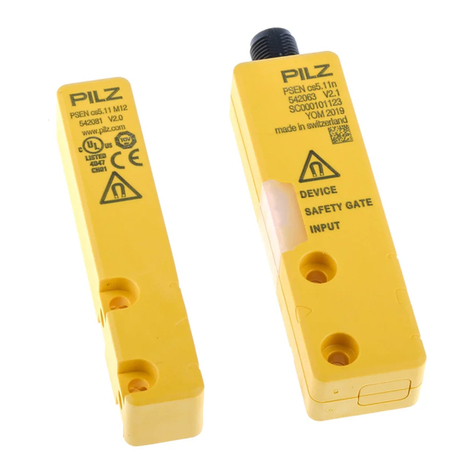
Pilz
Pilz PSEN cs5.11 M12/8 operating manual
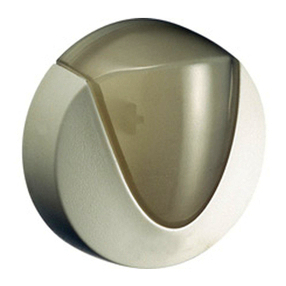
Crestron
Crestron (Wattstopper P/N LS-290C) Photocell Light Sensor... Operations & installation guide
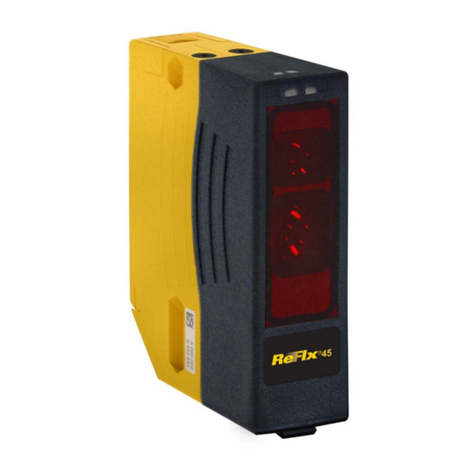
Magnetek
Magnetek REFLX45-AD instruction manual
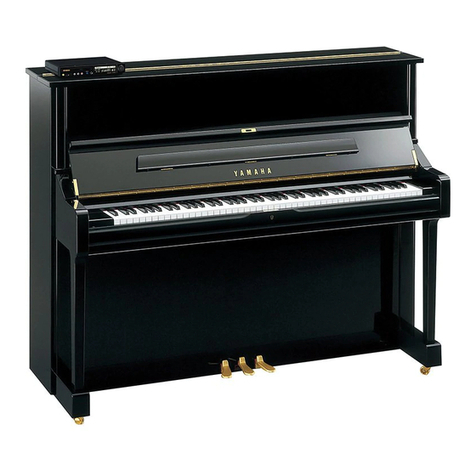
Yamaha
Yamaha disklavier DKC-850 Data list
